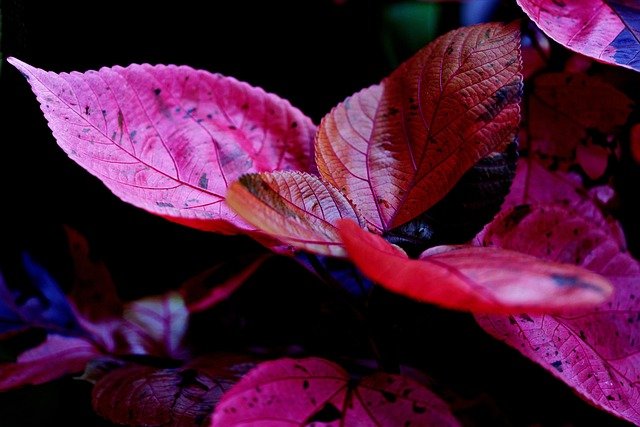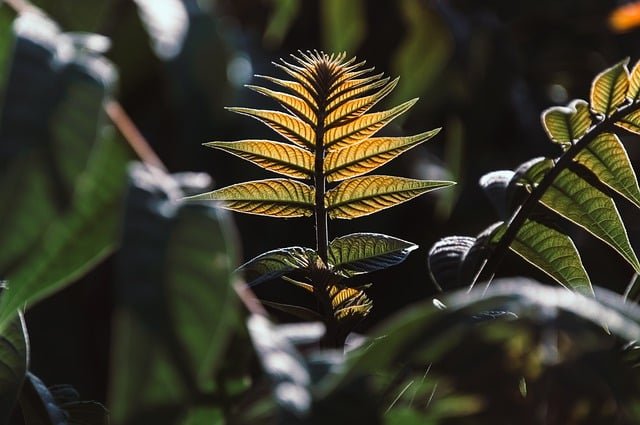**Title: "The Secret Lives of Urban Wildlife: Nature

The Secret Lives of Urban Wildlife: Nature
Urban environments are often perceived as concrete jungles, devoid of the natural world. However, beneath the surface of bustling streets and towering skyscrapers lies a vibrant ecosystem teeming with life. In this post, we’ll explore the fascinating secret lives of urban wildlife and how nature adapts to city living.
1. The Resilience of Urban Animals
Urban wildlife has shown remarkable adaptability. Species such as raccoons, foxes, and pigeons have found ways to thrive in cities, often taking advantage of human resources.
- Raccoons: Known for their dexterous paws, raccoons have become adept at rummaging through trash cans and finding food in urban settings.
- Foxes: These clever canids have learned to navigate city life, often seen roaming parks and residential areas during the early morning or late evening.
2. Birds: The Sky's Urban Dwellers
Birds are perhaps the most visible urban wildlife. Many species have adapted to city life, finding nesting sites in buildings and foraging for food in parks and gardens.
- Pigeons: Often labeled as pests, pigeons are incredibly resourceful, thriving on food scraps and nesting on ledges.
- Sparrows: These small birds have adapted to urban environments, often seen in flocks around cafes and public spaces.
3. The Role of Green Spaces
Parks and green rooftops are vital for urban wildlife. They provide essential habitats and food sources, allowing various species to coexist with humans.
- Pollinators: Bees and butterflies are crucial for pollination and can often be found in urban gardens and parks.
- Small Mammals: Squirrels and rabbits find refuge in green spaces, playing a significant role in the urban ecosystem.
4. The Night Shift: Nocturnal Urban Wildlife
As the sun sets, a different set of urban wildlife comes to life. Nocturnal animals have adapted to the hustle and bustle of city life, often utilizing the cover of darkness to hunt and forage.
- Owls: These silent hunters are masters of camouflage, often nesting in trees within parks.
- Bats: Beneficial for controlling insect populations, bats can be seen fluttering around streetlights at dusk.
5. Conservation in the Concrete Jungle
As urbanization continues to expand, it’s crucial to consider the impact on wildlife. Conservation efforts in cities aim to create more green spaces, protect habitats, and promote biodiversity.
- Wildlife Corridors: Creating pathways for animals to navigate urban landscapes can help maintain populations and genetic diversity.
- Community Involvement: Engaging local communities in conservation efforts, such as planting native species and creating wildlife-friendly gardens, fosters a deeper connection to nature.
Conclusion
The secret lives of urban wildlife remind us that nature is resilient and adaptable. By understanding and appreciating the diverse species that share our cities, we can foster a harmonious relationship with the natural world. Next time you step outside, take a moment to observe the wildlife around you—you might be surprised by the vibrant life that exists in your urban environment.
Feel free to share your experiences with urban wildlife in the comments below! What animals have you spotted in your city? 🦉🌳

All images are taken from the Pixabay.com
Upvoted! Thank you for supporting witness @jswit.